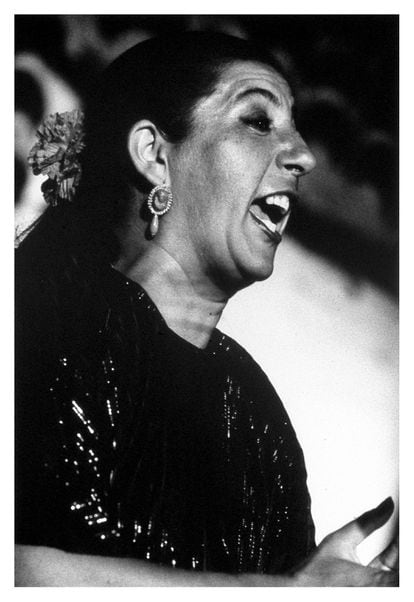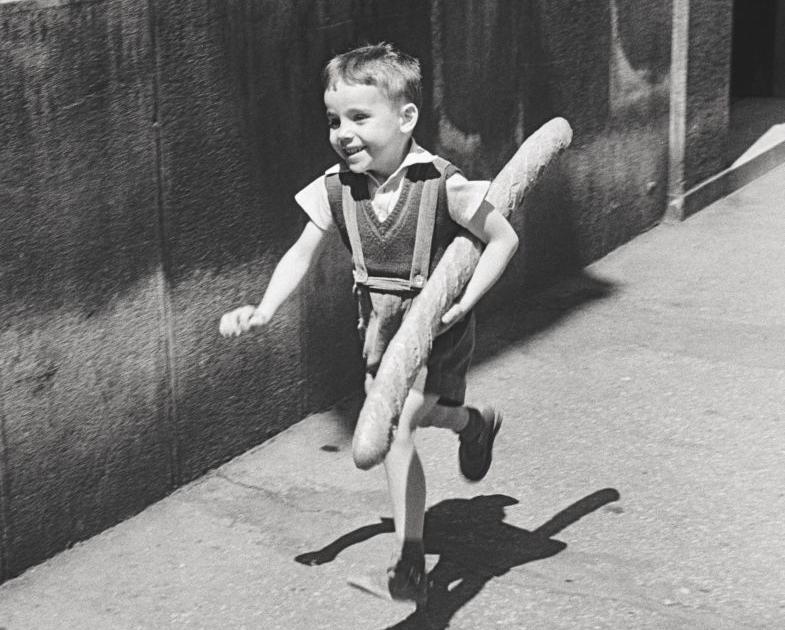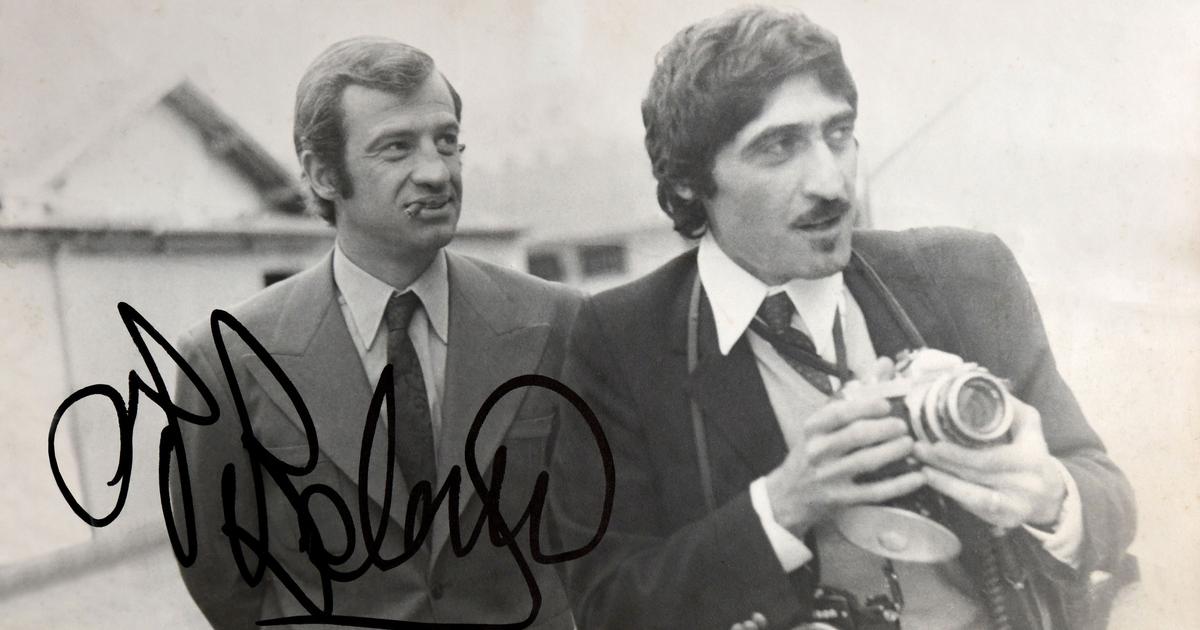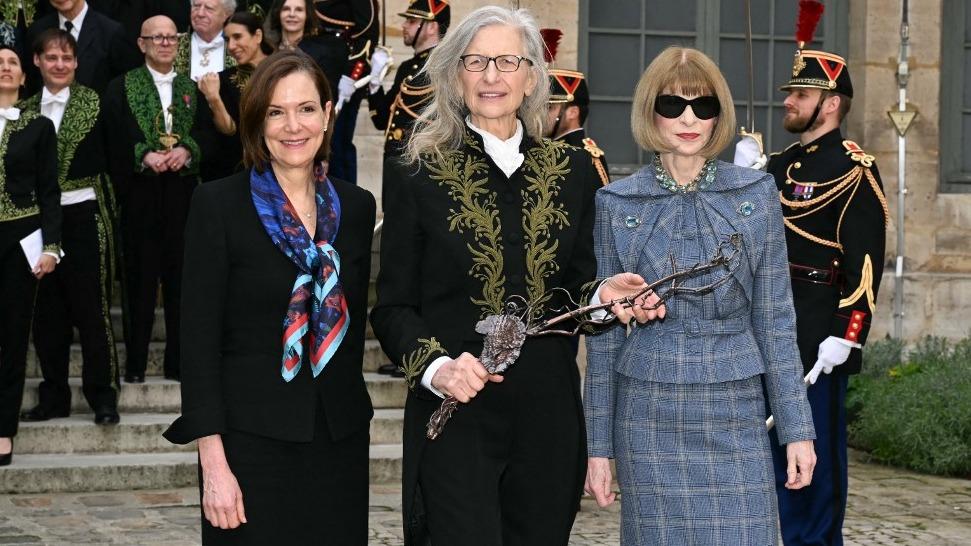The death of 84-year-old René Robert, a Swiss photographer who captured the biggest flamenco stars of today, could be considered a statistic, just another of the more than 500 people who die every year on the streets of France.
What makes Robert stand out from the rest of these homeless and solitary victims is that firstly, he wasn't homeless, and secondly, he was a renowned professional photographer.
Indeed, it was because of this that his friends shared the circumstances of his death.
On January 19, sometime after 9pm, Robert was taking his nightly walk through the Paris neighborhood of Place de la République, a bustling hub of the French capital that is nearly always filled with people.
But at 89 Rue de Turbigo, I fell to the ground.
It's not known whether this was because he slipped or if he had a dizzy spell.
And that's where he remained: lying on the sidewalk between a bottle shop and an optometrist, unable to move and in clear view of the Parisians rushing home after work, the passersby coming in and out of the restaurants and cafés and the tourists.
Photo of 'Farruco,' by René Robert.
Hours passed.
The streets emptied.
Robert was still there.
It's easy to imagine that to passersby he was just one of the many people in Paris, and in so many cities in rich countries, who are living on the street.
In these cases, one often does not know if they are sleeping or in trouble.
At 6am on January 20, someone saw him and called the Paris Fire Brigade, which is one of the city's providers of emergency medical services.
But it was too late.
Nine hours had passed since his fall.
An ambulance arrived.
When René Robert, the photographer of flamenco icons such as Camarón de la Isla and Paco de Lucía, was admitted to Cochin Hospital, the doctors couldn't revive him.
The cause of death was “extreme hypothermia,” according to the Fire Brigade.
In other words, I have died from the cold.
Robert's friend Michel Mompontet, a journalist, described him as “discreet.”
“He was very attentive to everyone, funny, but a man of few words.
He spoke in a soft voice.
Like many photographers, he didn't like to talk a lot.
He always wore a hat.
For years, he always had a cigarette in his mouth, then he quit.
He was very elegant, in flamenco style, with a polka dot kerchief.
It was both a moral and physical elegance.
When you saw him, you asked yourself: 'Who is this man?
Is he someone important?'”
Photo of Juana 'la del Pipa,' by René Robert.
Mompontet met Robert at the end of the 1980s.
Both were regulars at the flamenco concerts in Paris: Camarón, Lole y Manuel, Enrique Morente, Paco de Lucía.
“That short and discreet man was always with the artists, he was their friend and he took photos of them,” says Mompontet.
“Since he was very close friends with Paco de Lucía, for example, for us, at 20 years of age, he was our way of getting close to the artists.
What's funny is that he hardly spoke Spanish, he knew a little, but the artists understood him.
It was a curious language, a mix of French and Spanish that was neither French nor Spanish.”
René Robert had a close relationship with all the singers, guitar players and dancers.
He had been taking photos of them since the 1960s, when he discovered flamenco in a club on the Rive Gauche that was popular with Pablo Picasso and other Spaniards living in Paris.
The club was called Le Catalan.
Small-time artists and big names, mediocre performers and flamenco geniuses were all snapped by Robert's camera.
Always in black and white.
“In black and white, there is a tragic side that seems more apt for flamenco than color,” he said in an interview with the music website Musique Alhambra.
In the same interview, when asked about what he was looking for in his photos, he replied: “I am waiting for strong moments, when the expression is at its height [...].
It is the extreme side of the flamenco artists that moves me.”
Photograph of Aurora Vargas, by René Robert.
His photos appear in the books
Flamenco, La Rage et la Grâce
(or, Flamenco, the Rage and the Grace) and
Flamenco Attitudes
, and thousands more of his images were also given to the French National Library in 2021. In an article published on deflamenco.com, Mompontet described the trove as “a true treasure for flamenco lovers, but all for all enthusiasts of visual art.”
It is thanks to Mompontet that news of Robert's death has gained public attention and had an impact beyond his circle of friends and France.
On Tuesday, Mompontet spoke on French public television about the death of his friend.
“Before giving others lessons and accusing anyone, I have to respond to a question that makes me uncomfortable: am I 100% sure that if I was confronted with the same scene, a man on the ground, I would have stopped?
Would I never skirt around a homeless person who I see lying against a door?
Not being 100% sure is a pain that follows me.
But we are in a rush, we are in a hurry, we have our lives and we look away,” he said.
Mompontet also recounts how, after searching for a few days, they found the person who did take notice of the man on the ground and called the Paris Fire Brigade.
He was a homeless man in the neighborhood who didn't want to reveal his name.
Spanish version by Melissa Kitson.






/cloudfront-eu-central-1.images.arcpublishing.com/prisa/YXNLCBNSQNBOHPH3UKP6VN463I.jpg)

/cloudfront-eu-central-1.images.arcpublishing.com/prisa/CAQ75OKMMBC7BORFCV6MOXDMWQ.jpg)
